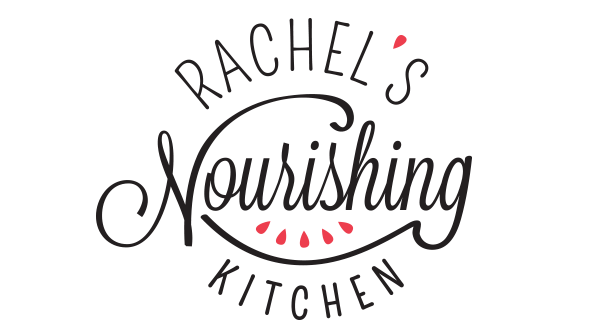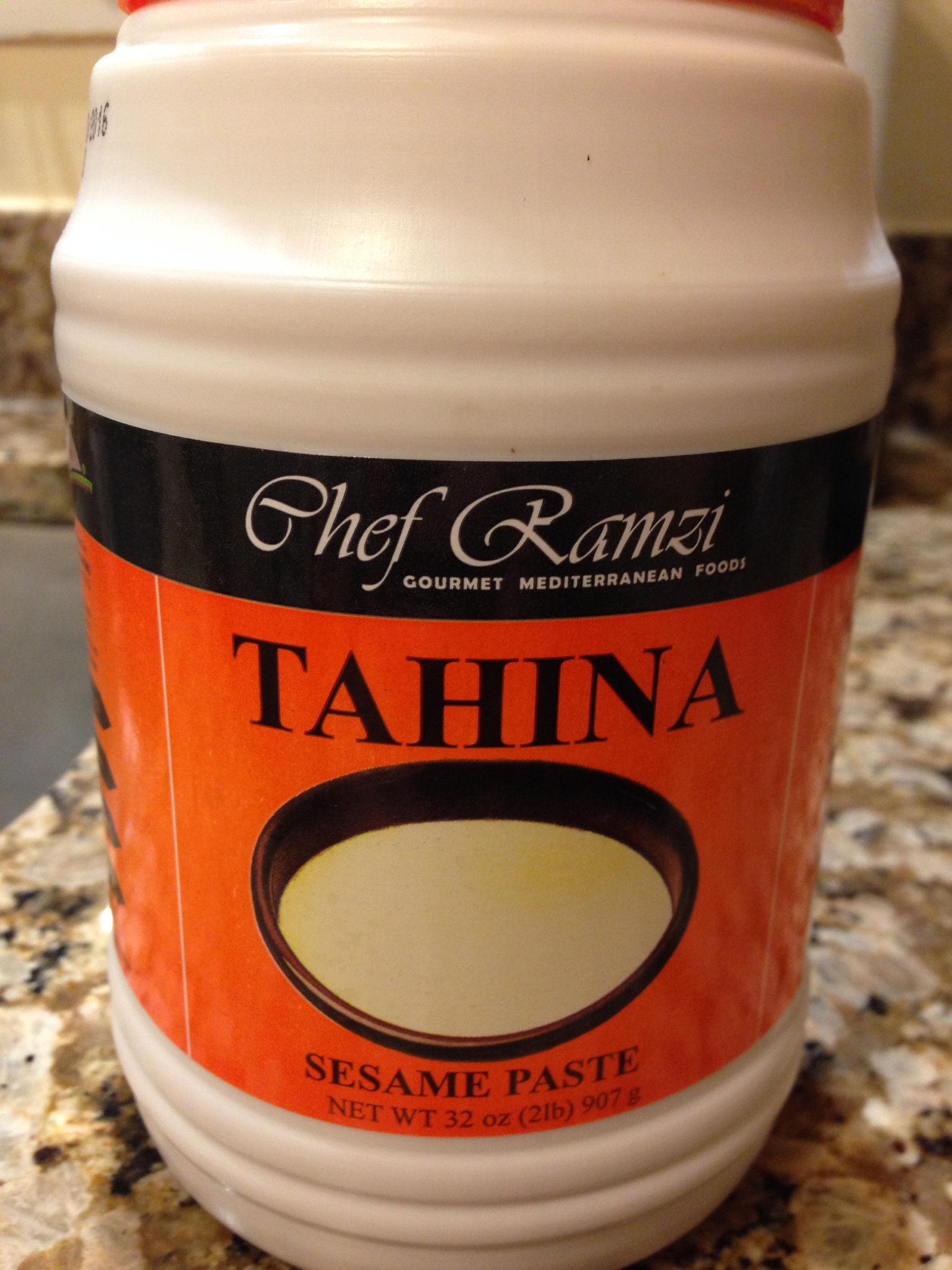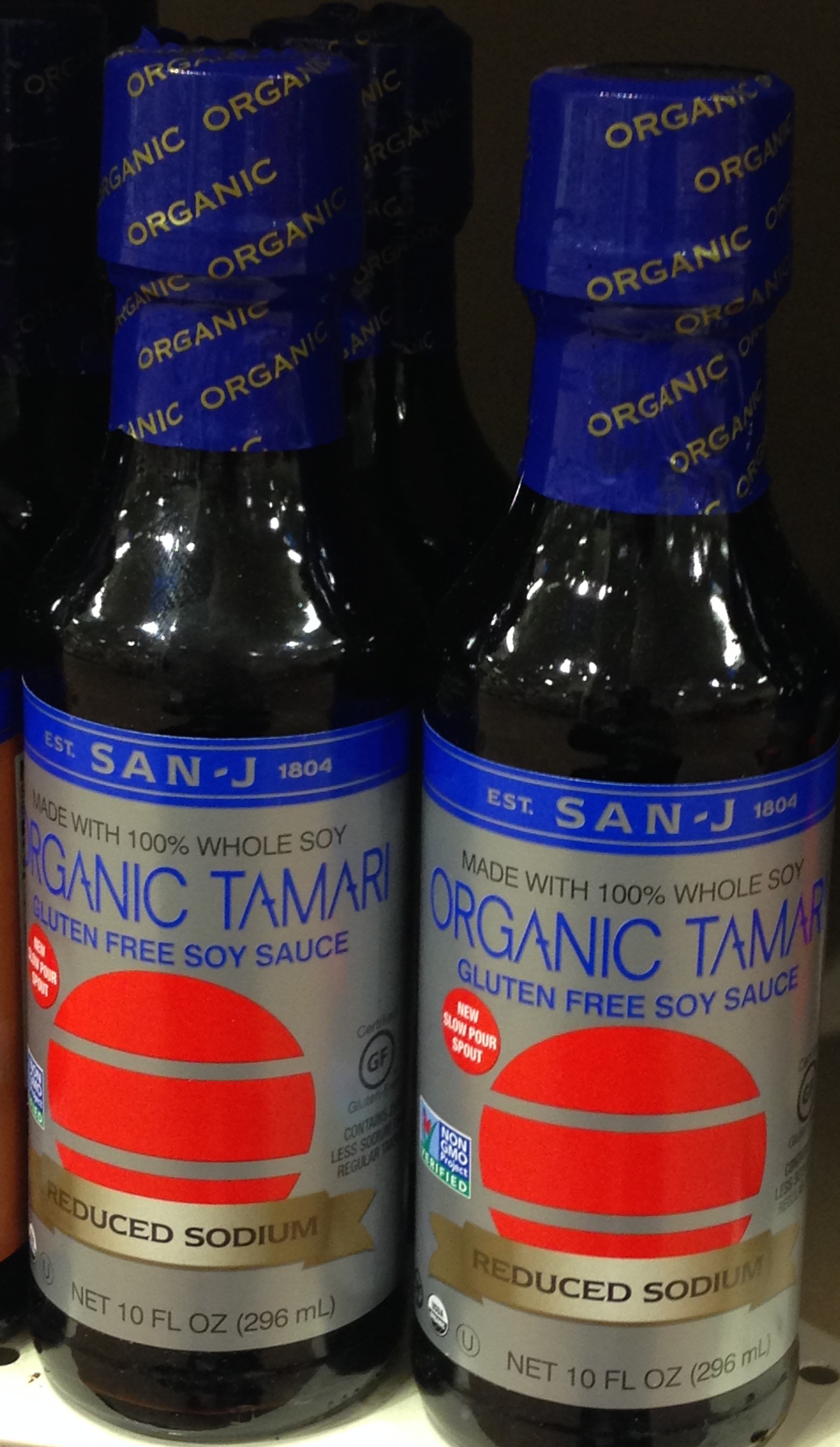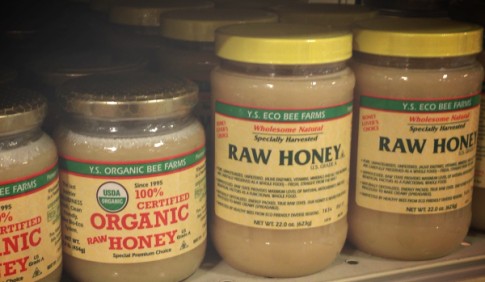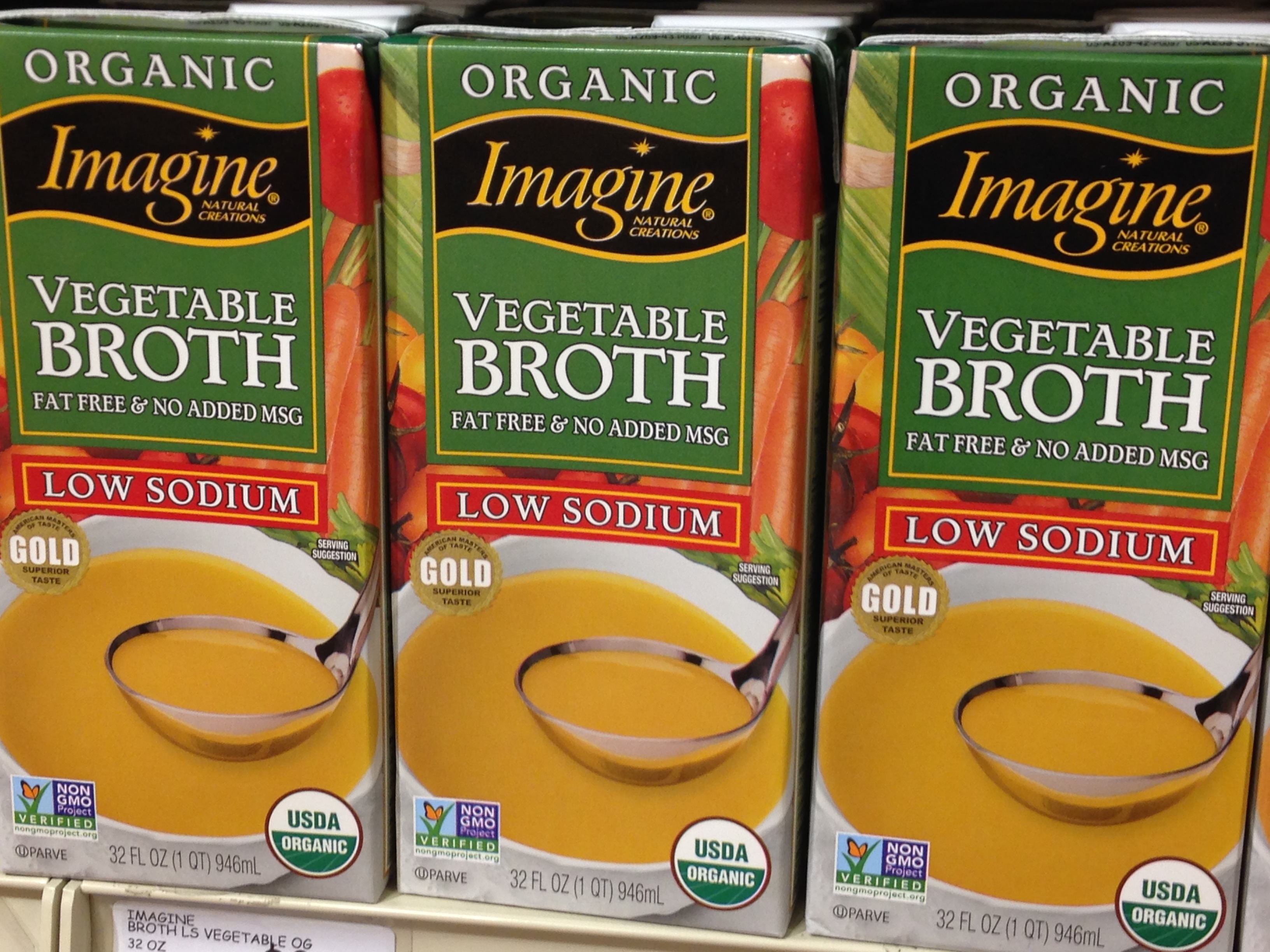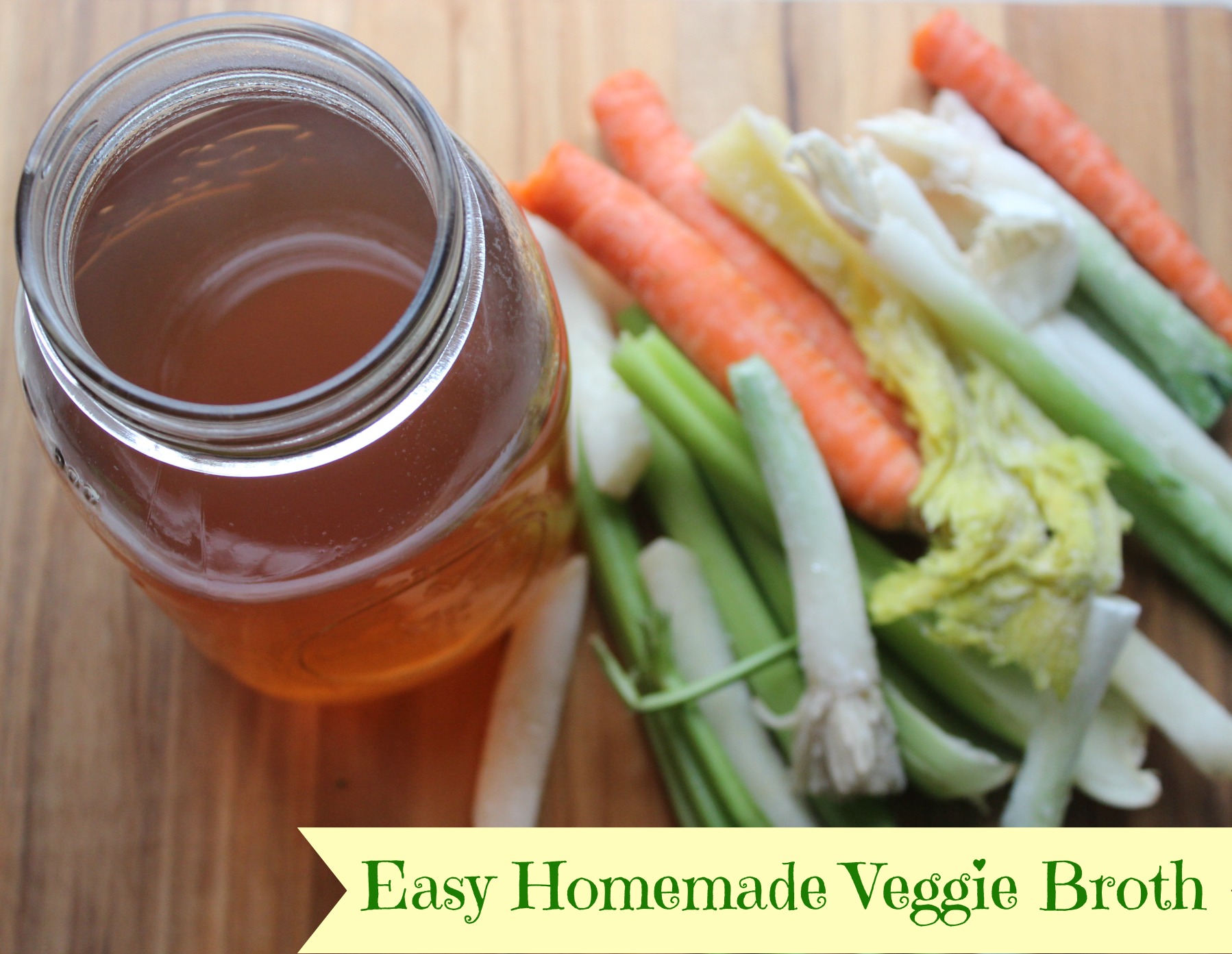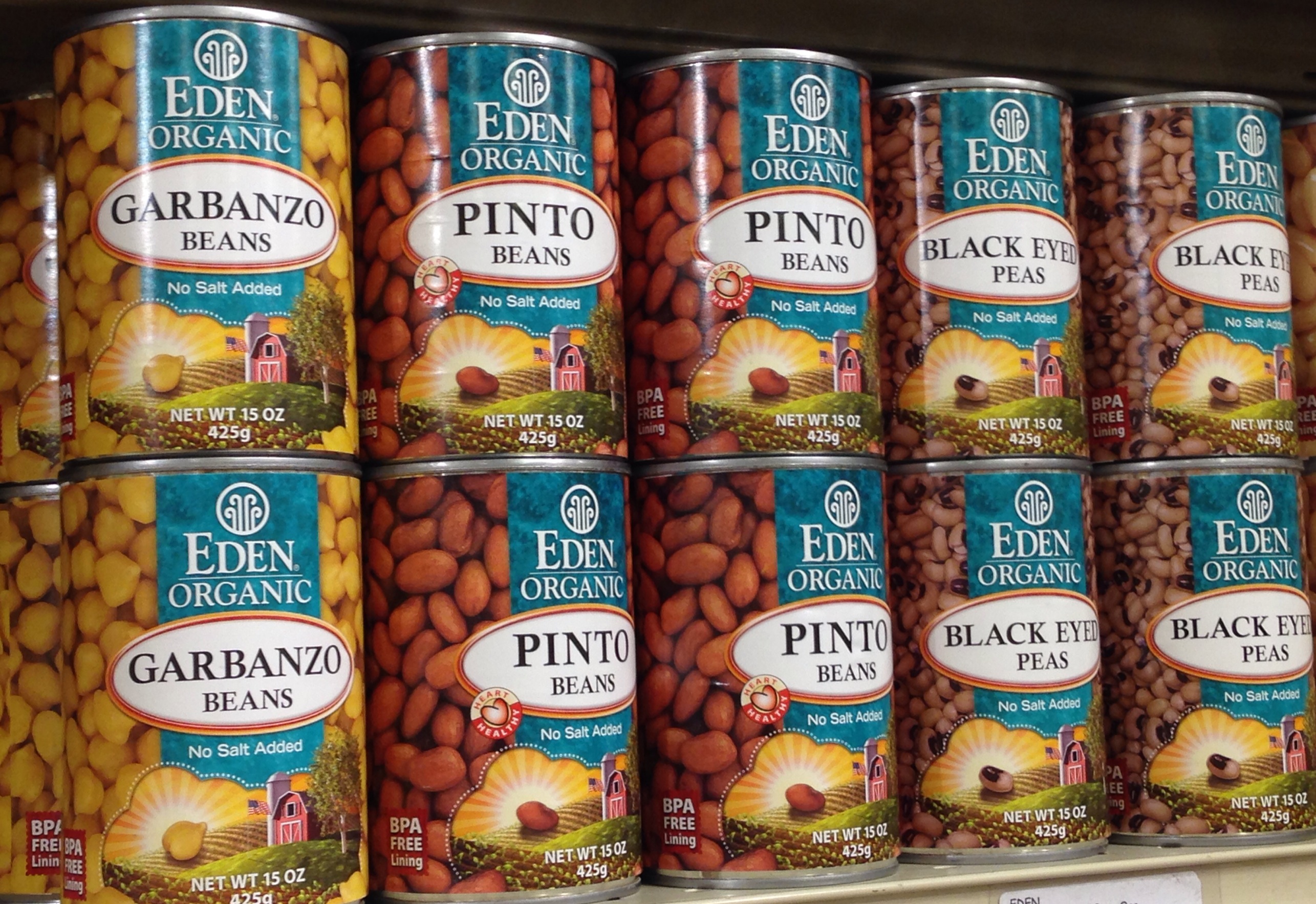This post has been a long time coming, so I’m super excited to finally publish it!
A few of you have asked if I could put together a list of pantry items that I always have on hand and use frequently in recipes.
I’m going to be doing this a few times over the next few weeks starting off with two rounds of Everyday Essentials as well as Baking Basics, Smoothie Staples, and Herb & Spice It Up. All of these items will be gluten-free and dairy-free because that’s how I cook, and when I eat that way, my body feels its best and my skin glows 🙂
I could just give you a simple list of 10 items, but one of my goals is to get back to WHY eating these things is so good for us, rather than just “telling” you what to buy, so for each item, I’ll share:
- Why I love it
- How I use it (including all the recipes I’ve posted using that ingredient)
- Where you can find it
You don’t have to go out and buy all of these things tomorrow. Maybe add one or two a week to your grocery list and work up to having most or all of them on hand.
Remember, the health journey is a marathon, not a sprint!
I would love to hear your feedback about this post, so please take a moment to comment if you find this to be helpful!
Raw Apple Cider Vinegar (ACV)
Why I Love It: I dedicated an entire post to ACV, so you can head over there to learn all the details about why I love this ingredient so much. In general, it supports healthy digestion, clear skin, and knocks out just about any incoming cold. My dad calls it “the concoction” and uses this detox drink at the first sign of a sniffle.
How I Use It: I use it as a staple ingredient in this salad dressing and this one, as a “splash” to cut the bitterness of sautéed greens like kale, collards, spinach or just drink it with a straw in a detox drink. One of my college professors now swears by the ACV detox drink for her family. I had the privilege of doing lots of research with her as an undergrad and she really encouraged me to pursue my passion for nutrition.
Where to Find It: The kind you buy is VERY important. You want to buy Bragg’s Raw Apple Cider Vinegar with “The Mother.” It has all the tummy-friendly enzymes in it that we want that the heat-treated, pasteurized versions of ACV lack. Most grocery stores sell Bragg’s ACV these days (I saw it at Safeway the other day), but I find it cheapest at MOMs Organic Market. You can also find it at Whole Foods, Wegmans, any natural food store, Health Food Online from Wholesome Hub or online at Vitacost and Amazon.
Tahini
Why I Love It: Tahini is basically just a fancy name for sesame seed butter. It’s one of the main ingredients in hummus and makes salad dressings creamy. It’s a rich source of key minerals and healthy fats that our body needs to maintain healthy skin and muscle tone, and it’s higher in protein than most nuts. Check out this article about the top 10 reasons to add tahini to your diet.
How I Use It: Whenever we want to make a creamy salad dressing, we use tahini. It’s one of the key ingredients in our favorite kale salad and in this beautifying detox salad. You also use it to make hummus.
Where to Find It: You can usually find it in the international aisle at your grocery store. Otherwise, check out an ethnic grocery store near you or go to Wegmans, MOMs or Whole Foods. They all carry it. It’s also available online (like everything else these days!), so check out Amazon or Vitacost. We get ours from a little Mediterranean Café in Towson called Cedar Cafe because it’s cheapest there AND tastes the best (the one in the picture above).
Tamari
Why I Love It: It’s a gluten-free alternative to soy sauce, so it typically does not contain wheat. Check out another blogger’s post about the differences between soy sauce and tamari. Gluten is a sticky protein found in wheat, barley and rye that is often found in condiments, so if you’re eating gluten-free, you can still have the flavor of soy sauce by using tamari. Even if you don’t have a gluten allergy or intolerance, you may find that you have fewer issues with bloating and other digestive annoyances when you remove gluten. Check out this blog post from one of the world’s top nutrition experts about going gluten-free. To avoid soy AND gluten, you can also use Coconut Aminos instead of tamari (surprisingly, they don’t taste like coconut!).
How I Use It: Whenever you would usually use soy sauce. We use it in salad dressings (including our favorite kale salad) along with these other recipes: Beautifying Detox Salad, The Ultimate “Noocho” Cheese Sauce!, and in these walnut tacos. We also use it whenever we make stir fries, so stay tuned for a simple stir fry recipe in the next 2 weeks!
Where to Find It: In the Asian food section of the grocery store, sometimes in the international aisle. Every grocery store I’ve been to sells it. If you opt for coconut aminos instead, you can find them at any natural food/health food store, Wegmans, Whole Foods, or online at Vitacost or Amazon.
Coconut Oil
Why I Love It: For years, it has gotten a bad rap because of its high saturated fat content, but coconut oil contains a different kind of fatty acid that your body is more likely to burn as energy (without spiking your blood sugar) vs. store as fat like most other oils. It also has a higher smoke point and is heat stable, so you don’t have to worry about things like “does coconut oil go bad“, as this makes it a better option for cooking (we use it instead of olive oil, which is more delicate and heat-sensitive). Not only that, but the lauric acid in coconut oil can kill bacteria, viruses and fungi, helping to prevent infections and illness. Check out this post about coconut oil’s benefits from Kimberly Snyder, one of my favorite nutritionists.
How I Use It: Coconut oil is one of the most versatile items in our pantry. Whether I’m using it to saute or roast vegetables, make a crumble topping for a fruit crisp, glazed roasted peaches, firm up seductive raw chocolate fudge, create a chocolate shell for raw cookie dough bites OR moisturize my skin or lips, coconut oil is a must-have in our kitchen (and bathroom!). Read this article from Wellness Mama about 101 uses for coconut oil.
Where to Find It: We buy ours either online at Vitacost or Amazon OR wait for the sales at Whole Foods or MOMs Organic Market. I’ve also had some great coconut oil finds at Home Goods in their pantry section. Most grocery stores sell it these days, and I’ve even seen it at BJs Wholesale Club, so check out any of the stores above or your wholesale club for the best deal on coconut oil! Look for organic, unrefined, extra virgin, cold-pressed as keywords for the highest quality coconut oil.
Raw Honey
Why I Love It: Raw honey is not treated by heat (which is why it is solid vs. runny and amber-colored), so it contains lots of health-promoting, illness-preventing, beauty-boosting nutrients that the commercial bottled bear honey lacks. In addition, locally produced raw honey often contains little bits of local pollen that can actually help with your seasonal allergies!
How I Use It: From salad dressings and cupcakes to raspberry lime popsicles, chia jams, and honey mustard sauce, we use this ingredient a lot! I try to use it most often in raw (uncooked) preparations because exposing it to high heat destroys a lot of the enzymes. I just find that I like the taste of raw honey better than the bottled bear stuff, so it’s become my go-to for honey in general. Here is a link to all my recipes that use raw honey.
Where to Find It: You can find raw honey at any natural food store, Wegmans, Whole Foods, MOMs and sometimes at farmer’s markets as well as online. If you are looking at manuka honey for sale, a lot of e-stores like Steens Honey and similar others sell raw, unpasteurized honey straight from mother nature herself. It is a fact that honey is beneficial for both our skin and body, the demand for raw honey, thus, tends to be very high.This is the kind we buy (pictured above).
Vegetable Broth
Why I Love It: It’s a great way to add flavor to food and is something we always have on hand in the fall, since we like to make soup, especially when we have veggies to use up and nothing else to do with them. It’s versatile and flavorful.
How I Use It: I use it as the base for most soups (can’t wait to share soup recipes this fall and winter!). I also use it as an oil-free way to sauté or cook down vegetables on the stove. You can use it as an alternative to butter or oil but need to add enough to prevent your food from sticking to the pan, so add as you go. I also add a few splashes of it in with greens (kale, Swiss Chard, spinach) when I’m sautéing them on the stovetop to help them cook down.
Where to Find It: UPDATE! I’ve found that it is SO much easier and A LOT cheaper to make my own vegetable broth from vegetable scraps I would have otherwise thrown away. Check out the simple process here for how to make your own vegetable broth.
Lemons/Bottled Lemon Juice (Santa Cruz)
Why I Love It: In an ideal world, I would buy 5 pounds of lemons every week and squeeze out the juice as I go, since I use it in so many recipes. But, sometimes convenience prevails, and that is definitely the case with bottled lemon juice, which is always always in our fridge.
**I used to buy the lemon juice in the green bottle AKA “Real Lemon” but it turns out there are way more ingredients in it than just lemon juice, so I stopped buying it. It’s not the same as squeezing juice from a lemon, so opt for the Santa Cruz bottled kind instead if you’re making a recipe that calls for fresh lemons (or use the whole lemon!).
How I Use It: Mixed in with slightly warm water and a pinch of cayenne to get things moving in my morning detox drink, in smoothies (it helps break down oxalates in greens like kale, which get in the way of calcium absorption), and in everything from salad dressings and frosting to creamy, dairy-free cheesecakes and homemade pesto.
Where to Find It: In the bottled juice section of specialty food stores like Wegmans, MOMs, Whole Foods, and other natural food stores. Or just buy whole lemons. Every grocery store sells those!
Nutritional Yeast
Why I Love It: Aside from its pretty awful name (can we opt to change it to “Nooch”?), this stuff is great. Since removing things like cheese, milk and cream from my diet, this ingredient, which is loaded with energy-boosting B vitamins, has been a lifesaver for me when I want to give foods a cheesy taste without using cheese. I wrote an entire blog post dedicated to nutritional yeast, so check that out for the 411.
How I Use It: Sprinkle it on popcorn, use it to make the BEST paleo parmesan cheese substitute (coming from someone who used to buy parm cheese by the family-sized container), noocho cheese sauce, pesto, and one of my favorite beauty detox salads.
Where to Find It: Every health food store sells this stuff, as do Whole Foods and Wegmans. You can also find it online at Vitacost or Amazon. I bought it the first time in a jar (above) and now I just get refills from the bulk foods section at MOMs Organic Market. It’s super cheap!
Beans
Why I Love It: Beans are one of Dr. Fuhrman’s GBOMBS foods, making them one of the top anti-fat, anti-cancer foods we can eat. They are full of soluble fiber that keeps us energized and full for a long time (lentils fill me up longer than any other food!). According to one of my favorite nutrition experts, they “act as an anti-diabetes and weight-loss food because they are digested slowly, having a stabilizing effect on blood sugar, which promotes satiety (fullness) and helps to prevent food cravings.”
While it’s best (and cheapest!) to cook dried beans yourself, this is another situation when convenience wins out, so we usually opt for the Eden Organics line of canned beans. We always have black beans, garbanzo beans (chickpeas), kidney beans, and pinto beans on hand. Eden’s Aduki beans tend to be more easily digested than other beans, so they’re a good one to start with if you don’t eat a lot of beans now.
How I Use It: We put beans in lots of recipes! From soups, salads, and burgers to no-bake cookie dough bites (seriously!) and burrito bowls, beans are a staple at our house. Change up your beans and try different ones each week. Here is a link to all of my bean recipes.
Where to Find It: You can buy dried beans at any grocery store. We buy the canned Eden Organics beans at Wegmans, MOMs, or Whole Foods, but Amazon now sells them in their Amazon Pantry section, so check that out if you don’t live or work near a store that sells them. If you buy another brand of canned beans, make sure the cans don’t contain the chemical BPA (should say “BPA-free” on the label).
Dijon Mustard
Why I Love It: I have to start by saying I used to HATE mustard. Well, I was so picky I actually didn’t eat any condiments until college (truth be told!). Unlike other condiments that tend to be loaded with chemicals and sugar, mustard tends to have a very simple and short ingredient list, and there are lots of varieties depending on your taste. I like Dijon the best.
How I Use It: It’s a great ingredient to have on hand for making your own simple salad dressings. You can combine it with lemon juice, olive oil and whatever herbs and spices you like for a tasty, healthy dressing that beats a bottle of store-bought dressing any day! I used it in this kale waldorf salad, crunchy chicken tenders, and easy honey mustard sauce.
Where to Find It: In the condiment aisle of the grocery store. We like the Organicville brand, which you can find at Wegmans, Whole Foods, MOMs, Fresh Market or a health food store. You might also be able to find it in the organic section of your grocery store.
